Already one of the driest countries on the planet, Jordan is increasingly challenged by global climate change. The country sits at the intersection of four major bio-geographical zones with 13 different vegetation types, each supporting a diversity of species—47 of them considered globally threatened. Some of the threatened animals include the Arabian oryx and birds such as the Houbara Bustard and Saker falcon.
Jordan’s environmental challenges are compounded by rapid population growth, depleting natural resources, industrial pollution, increased demand for land and water from large-scale agriculture, and urban encroachment.
To address some of these challenges, USAID has promoted nature preservation and eco-tourism. Since 2000, Agency efforts have focused on the Dana Biosphere, Jordan’s first and largest biosphere reserve, established in 1993.
Located on over 180 square miles in southwest Jordan, the reserve extends from heights of 1,500 meters through gorges and canyons towards Wadi Feynan and Wadi Araba, south of the Dead Sea, the lowest spot on earth.
Initially, it was difficult to convince Dana’s people that environmental protection could become a viable livelihood and that their traditional uses of the land were unsustainable. Their 9,000 goats were a burden on the diverse plants and dwindling wilderness areas, while hunting was wiping out endangered species like the Nubian ibex.
“I, myself, and most of the other reserve staff, grew up hunting, like everyone in our community,” says Amer Rfou’, a Dana Biosphere Reserve manager who began working as a head ranger in 2003. “Before the reserve, people didn’t have much choice of work. We were dependent on the herds for everything. Now we have other jobs created by conservation and eco-tourism.”
As wild animals became more valuable as tourist attractions than as food or trophies, Jordan’s Royal Society for the Conservation of Nature (RSCN) worked with local families and NGOs to support more efficient use of grazing lands, water harvesting and agricultural cooperatives. In return, communities gave up hunting and respected no grazing zones.
Jordan’s oldest environmental NGO, RSCN is one of USAID’s major environmental partners. For almost 20 years, USAID has supported RSCN’s work in nature reserves and eco-tourism as a way to promote and fund environmental protection, while providing needed economic opportunities in remote rural communities. This helped the group to become a regional pioneer in eco-tourism.
RSCN eco-tourism specialist and British ecologist Chris Johnson is an expert in setting up NGOs in protected areas, having participated in an early Global Environment Facility-funded project in Dana in 1994. Under the slogan, “Helping Nature, Helping People,” RSCN opened its first eco-tourism venture, a campsite, in Dana that year. Johnson stayed for nearly two decades, developing many of RSCN’s successful experiments in eco-tourism.
“In Dana, we developed the model that protected areas should be an economic asset,” he said. “You can’t protect the environment without being relevant to helping reduce poverty.”
USAID support helped to construct the Dana management and education center to house researchers during early studies of wildlife in the reserve, and later became the nucleus of the income-generating and educational activities related to the eco-tourism experiment. USAID “helped turn a concept into a national program,” said Johnson.
Tourism Pays Off
Over the years, USAID support has helped RSCN expand offerings in and around the Dana Reserve, which now include a campsite, hiking trails, a Dana Village guest house, renovated heritage village houses for tourism facilities, handcraft workshops, a conference center, a museum, and an international award-winning eco-hotel in Wadi Feynan. RSCN eco-tourism activities in the Dana-Feynan area generated about $565,000 in revenue in 2012 alone.
“Young people used to drift away from Dana, because it had no economic base,” Johnson remembers. “Tourism has enabled a lot of young people to stay and become skilled in languages, crafts and modern retail methods.”
According to Mohammad Qasqas, one of the local project engineers, working on the ongoing Dana Village rehabilitation project has also increased community cohesion.
“Our villagers had dispersed to other towns and lost touch with one another. By returning to Dana to work on renovations, community members are regaining a sense of community,” he noted.
“People have a wide variety of paid jobs now,” added Rfou’. “We created an important local transportation industry since opening the Feynan eco-lodge,” which requires ferrying people and materials between the Dana Village, its Rummana Campsite, and the hotel at the bottom of the reserve. Engineers intentionally avoid heavy equipment, relying instead on low technology manual labor, which is less stressful on the environment and creates more jobs for locals.
The Wadi Feynan eco-lodge runs at 80 percent occupancy in season, and is now managed by a private partner, an arrangement that USAID encouraged. More recently, USAID support has allowed RSCN to develop a network of new biking, 4x4 and hiking trails and facilities for eco-tourists, linking Dana and Feynan with major sites like Petra and “creating unique experiences for tourists and new income-generating opportunities for local communities all along the route,” says Johnson.
Following the Dana experiment, RSCN offered eco-tourism at three other major reserves, each with a distinctive eco-system: Ajloun in the forests and villages of the north; Wadi Mujib, a Grand Canyon-like site leading to the mid-section of the Dead Sea; and the Azraq Wetlands east of Amman. RSCN plans to create similar regional networks in other parts of Jordan.
In 2004, RSCN established its “Wild Jordan” arm as the main driver of eco-tourism income to sustain environmental protection. USAID supported construction of a Wild Jordan Center in Amman, a one-stop nature complex with eco-tourism information, a nature shop that sells products from all its reserve-related workshops, and a restaurant with a stunning view of Amman’s ancient Citadel Hill.
The Wild Jordan venture has succeeded on several levels. “RSCN brought 150,000 new visitors to Jordan in 2012. Related income covered 45 percent of costs for all eight of Jordan’s protected areas that year. And the Dana and Wadi Mujib Biosphere Reserves are both virtually self-sustaining,” says Johnson.
“Credit goes to the Government of Jordan for allowing NGOs to take such major roles in conservation,” he adds. “I don’t think there is any other protected area in an Arab country run by a private organization like here. Along the way, USAID has supported us in taking risks and innovating, proving their faith in us, too.”
“Birds Are Everywhere”
Over the decades, USAID’s support for eco-tourism in Jordan has also created a boon for remote local economies that would otherwise have limited economic opportunities.
“There is a 100 percent local employment policy in all RSCN protected areas,” says Christopher Adams, USAID economic development officer. “Along the supply chain, the eco-tourism ventures are supporting at least 160,000 families in poor, rural communities across Jordan.”
RSCN reports that more than 85 jobs have been directly created in the Dana community as a result of its projects, giving around 800 people a better life and better awareness of the wide-ranging benefits of environmental protection.
Among them is Noura Al-Shtawi Al-Azazmeh, who works in a Feynan leather goods project. “I buy clothes and food supplies for my children and household from my own money. By the end of each month, I feel content knowing I’m a mother who works hard to provide a better future for her family,” she says. “RSCN made us love our environment and everything around us, the things we never appreciated are now of utmost importance to us.”
A new component of USAID support for RSCN is creating an academy for training Jordanian nature guides to enhance protection, working with young Jordanians in nature clubs and junior ranger programs, and improving eco-tourist experiences at all the RSCN reserves and sites.
Four young Jordanians were recently recruited to train with environmental rangers in South Africa and have returned to Jordan to work at different reserves learning the local ecology and creating a more systemized curriculum for training other local guides. They will eventually train new nature guides at the Ajloun Nature Academy, which will be the region’s first institution offering vocational training in environmental management. The hope is to attract interested trainees from across the region.
“I’m working with four new local guides, going out identifying flora and fauna, taking photos, drawing trails and creating a reference manual for future local guides,” says Osama Smadi, one of the recently returned guides, now based at Dana Biosphere Reserve. “We see a lot of Ibex—on my last hike from Dana to Feynan, we saw an entire herd leaping among the rocks. Birds are everywhere—many Griffon vultures and Lesser Kestrels, a threatened species—and we find their rooking spots in the core area of the reserve. Among reptiles, we find the fan-throated gekko, the only vocalizing reptile—it actually barks!"
Kathy Sullivan is a freelance writer in Jordan.









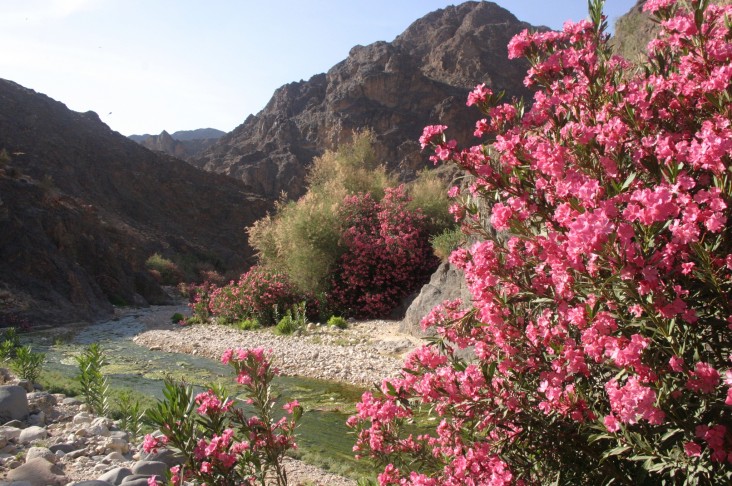
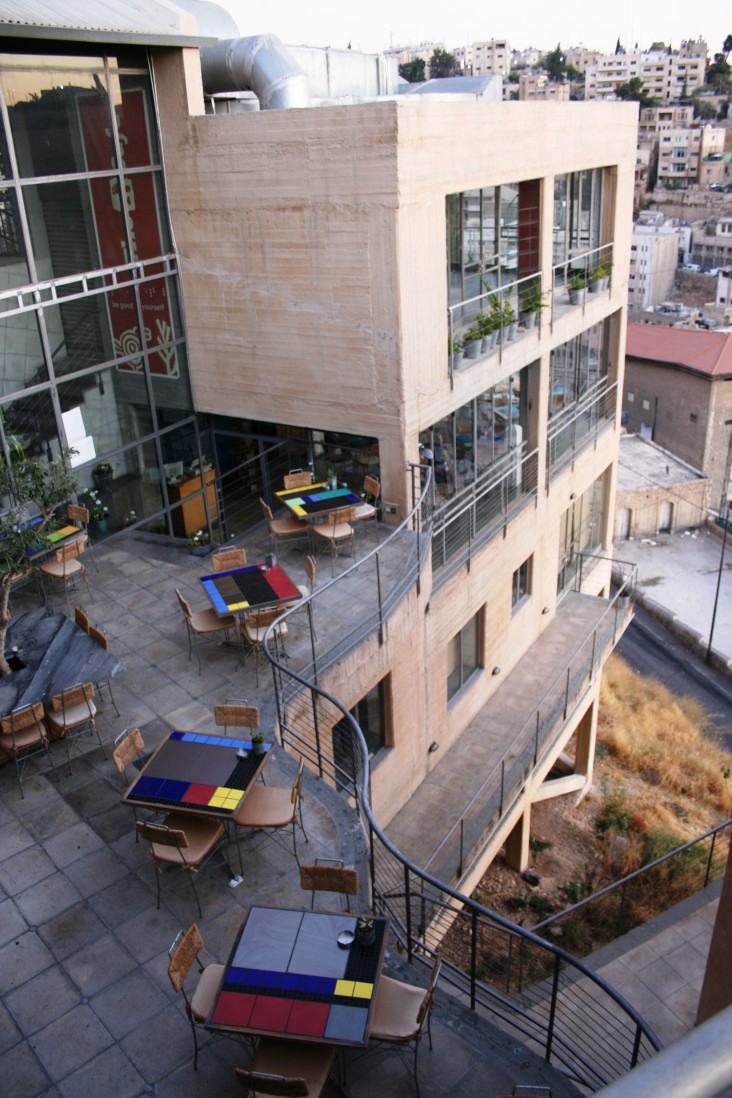
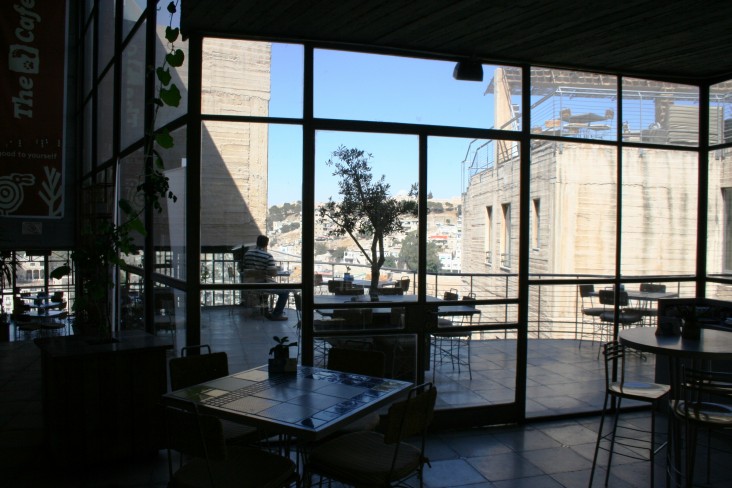
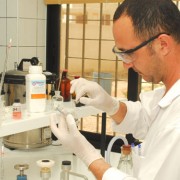
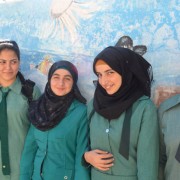
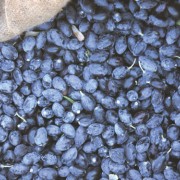
Comment
Make a general inquiry or suggest an improvement.